
Virginia Creeper (Parthenocissus quinquefolia): A Beautiful but Dangerous Vine
Virginia Creeper (Parthenocissus quinquefolia), often regarded as a simple ornamental plant, is one of the most common climbing vines found across North America and parts of Europe. Its striking appearance, especially in autumn when its leaves turn brilliant red, makes it a popular choice in landscaping. However, beneath its aesthetic appeal lies a plant that can pose serious risks if misidentified or mishandled.
While many admire its beauty, Virginia Creeper is a toxic plant that can cause significant health issues if ingested, touched, or misused in any way. Understanding how to correctly identify it, as well as the dangers associated with its toxicity, is crucial for ensuring safety, especially for those who may mistake it for other edible or medicinal plants.
How to Identify Virginia Creeper
Virginia Creeper is a woody vine that climbs up walls, fences, and trees, using tiny tendrils with suction cups to attach itself securely. The key characteristics to help identify this plant correctly include the following:
1. Leaves
-
The leaves of Virginia Creeper are palmate, meaning each leaf is made up of five distinct leaflets attached to a single point — resembling the fingers of a hand.
-
The leaflets themselves are oval to lance-shaped, with serrated edges.
-
In spring and summer, the leaves are green and glossy, but in autumn, they turn bright red, crimson, or burgundy before falling.
-
Important Tip: Unlike poison ivy (which typically has three leaflets), Virginia Creeper has five leaflets, making it easy to distinguish between the two.
2. Stems
-
Young stems are green and flexible, while older stems become woody and brown.
-
The vine is capable of growing several meters high and can cover large areas aggressively.
3. Tendrils
-
The plant attaches itself to structures using small adhesive disks at the tips of its tendrils. These sticky pads allow it to cling to bricks, stones, and tree bark.
-
Distinction from Wild Grape: Unlike wild grapevine, which uses curling tendrils without adhesive pads, Virginia Creeper’s tendrils are equipped with these adhesive disks.
4. Flowers and Berries
-
Flowers: Small, greenish, and bloom in late spring or early summer.
-
Berries: By late summer, the berries ripen into dark blue to black clusters. Though they resemble grapes, they are toxic and should never be consumed.
Toxicity and Dangers
While all parts of Virginia Creeper contain substances that can be harmful, the berries are the most toxic.
Toxic Compounds
-
Oxalic acid and calcium oxalate crystals:
These needle-like crystals can cause severe discomfort if ingested, leading to symptoms such as burning sensations, throat irritation, stomach pain, and even kidney problems in extreme cases. -
Cyanogenic compounds:
When metabolized, these chemicals can release small amounts of cyanide, which, while generally producing mild effects in humans, can be highly dangerous in larger quantities — especially for children and pets.
Symptoms of Poisoning
If someone ingests any part of the plant, symptoms may appear almost immediately:
-
Burning or tingling sensation in the mouth and throat
-
Difficulty swallowing
-
Nausea, vomiting, and stomach cramps
-
Diarrhea
-
Weakness or confusion (in severe cases)
Children and pets are particularly vulnerable because the berries look enticing but can cause intense gastrointestinal distress.
Skin Reactions and Contact Risks
Although Virginia Creeper is not as infamous as poison ivy, its sap can still cause skin irritation. This is due to the oxalate crystals, which can lead to:
-
Redness
-
Mild rashes
-
Itching or burning sensations
Precaution: Individuals with sensitive skin or allergies should wear gloves when handling or trimming the vine. After contact, wash the skin thoroughly with soap and cold water, and avoid touching your face or eyes.
Dangers of Misidentification
Many people mistakenly confuse Virginia Creeper with wild grapevines or even poison ivy. Misidentifying these plants can lead to accidental ingestion or unnecessary panic. Here are the key differences between these plants:
| Feature | Virginia Creeper | Wild Grape (Vitis spp.) | Poison Ivy (Toxicodendron radicans) |
|---|---|---|---|
| Leaflets | 5 (sometimes 3 on young leaves) | 1 large heart-shaped leaf | 3 leaflets (“Leaves of three, let it be”) |
| Attachment | Tendrils with suction cups | Twisting tendrils without pads | Aerial rootlets (hair-like) |
| Berries | Dark blue, small, in clusters | Purple or black grapes | White or ivory berries |
| Safety | Toxic | Edible (in most species) | Causes severe rash |
Understanding these differences is essential, particularly when foraging or working in overgrown areas, to avoid confusion.
What Happens If You Eat the Berries
If you accidentally ingest Virginia Creeper berries, follow these steps immediately:
-
Do not induce vomiting unless directed by a healthcare professional.
-
Rinse the mouth thoroughly with cool water.
-
Contact poison control or seek immediate medical attention.
-
If possible, bring a sample of the plant for proper identification.
Treatment typically involves hydration, symptom management, and sometimes activated charcoal to prevent further toxin absorption.
Pets and Wildlife
Birds are the only animals that can safely consume the berries of Virginia Creeper, as they digest them without harm and help spread the seeds. However, other animals can experience serious health issues:
-
Dogs and cats may experience vomiting, drooling, and diarrhea if they chew on the plant or eat the berries.
-
Livestock may suffer digestive irritation if they graze in areas where the vine grows densely.
It is essential to keep pets away from areas where Virginia Creeper is abundant, especially when the berries are ripe.
Safe Handling and Removal
If Virginia Creeper grows near your home or garden, take the following precautions to manage it safely:
-
Wear gloves and long sleeves to avoid direct contact with the plant.
-
Cut the vines near the base and gently pull them away from walls or fences.
-
Dispose of the plant in sealed bags, and never compost it if berries are attached.
-
Wash your hands and tools thoroughly after handling.
-
Never burn the vines, as the smoke can cause respiratory irritation.
Ecological Value and Uses
Despite its toxicity, Virginia Creeper plays an important role in the ecosystem:
-
It provides shelter and food for birds and insects.
-
It helps prevent soil erosion due to its dense root system.
-
Its decorative qualities make it an attractive choice for non-edible landscaping.
However, there are no safe medicinal or homemade uses for Virginia Creeper. The risks associated with handling or consuming it far outweigh any potential benefits.
Final Thoughts
Virginia Creeper is a prime example of a plant that combines both beauty and danger. While its vibrant red leaves and ability to climb make it an attractive addition to gardens, its toxic berries and irritating sap make it unsuitable for human or animal consumption. Always remember the safety guidelines and identification tips:
-
Five leaves — leave it be.
-
Dark berries — don’t eat.
Appreciate this vine for its aesthetic value and ecological role, but never use it as a homemade remedy or as food. Knowing how to identify and respect Virginia Creeper is key to preventing accidental poisoning and keeping yourself — and your pets — safe.
⚠️ Disclaimer:
This content is for educational purposes only. Virginia Creeper (Parthenocissus quinquefolia) is toxic to humans and animals and should not be ingested or applied for medicinal purposes. Always consult a qualified botanist or healthcare professional if you suspect plant poisoning or irritation.
News in the same category

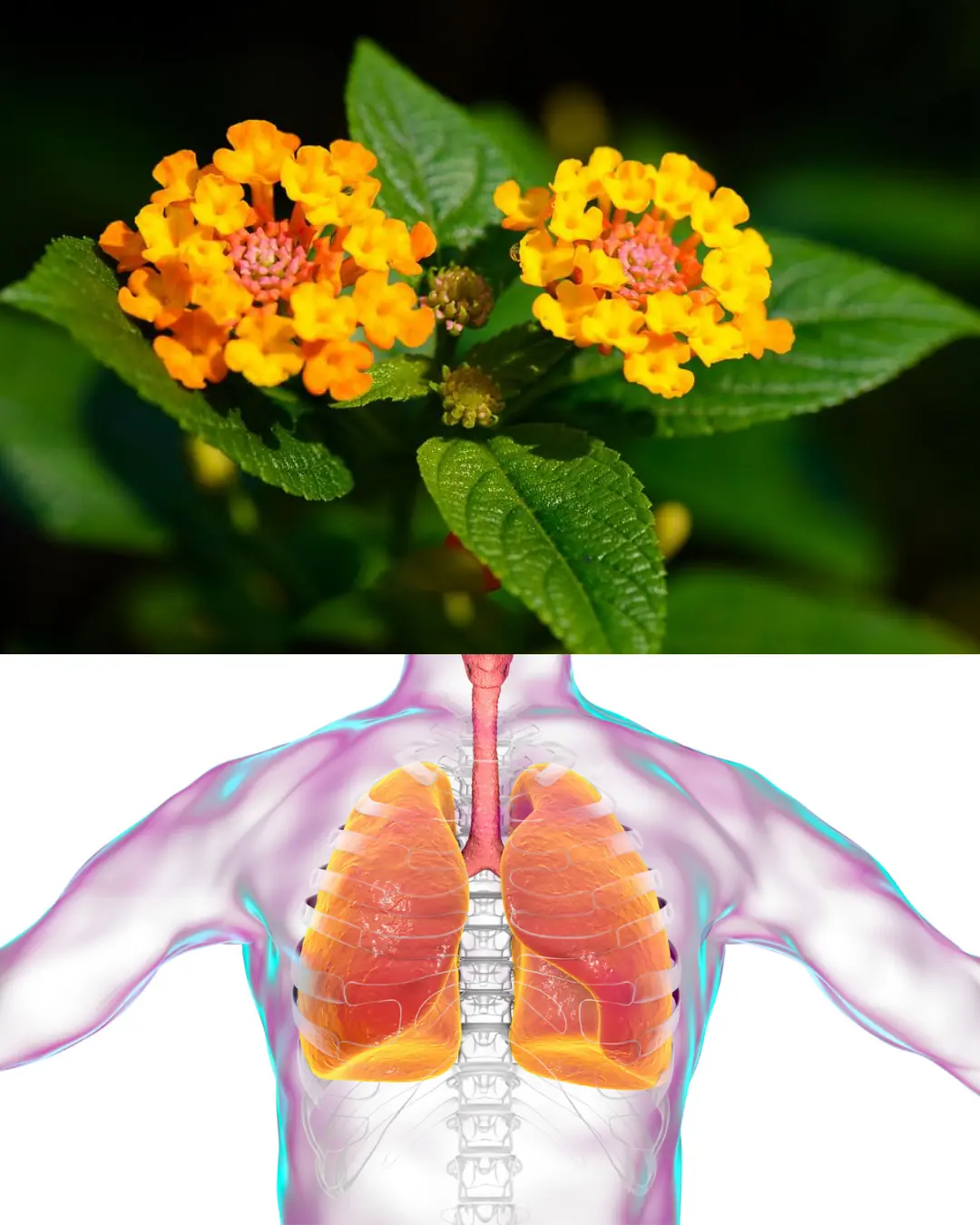
The Hidden Power of Common Lantana (Lantana camara): What You Can Safely Do with It at Home
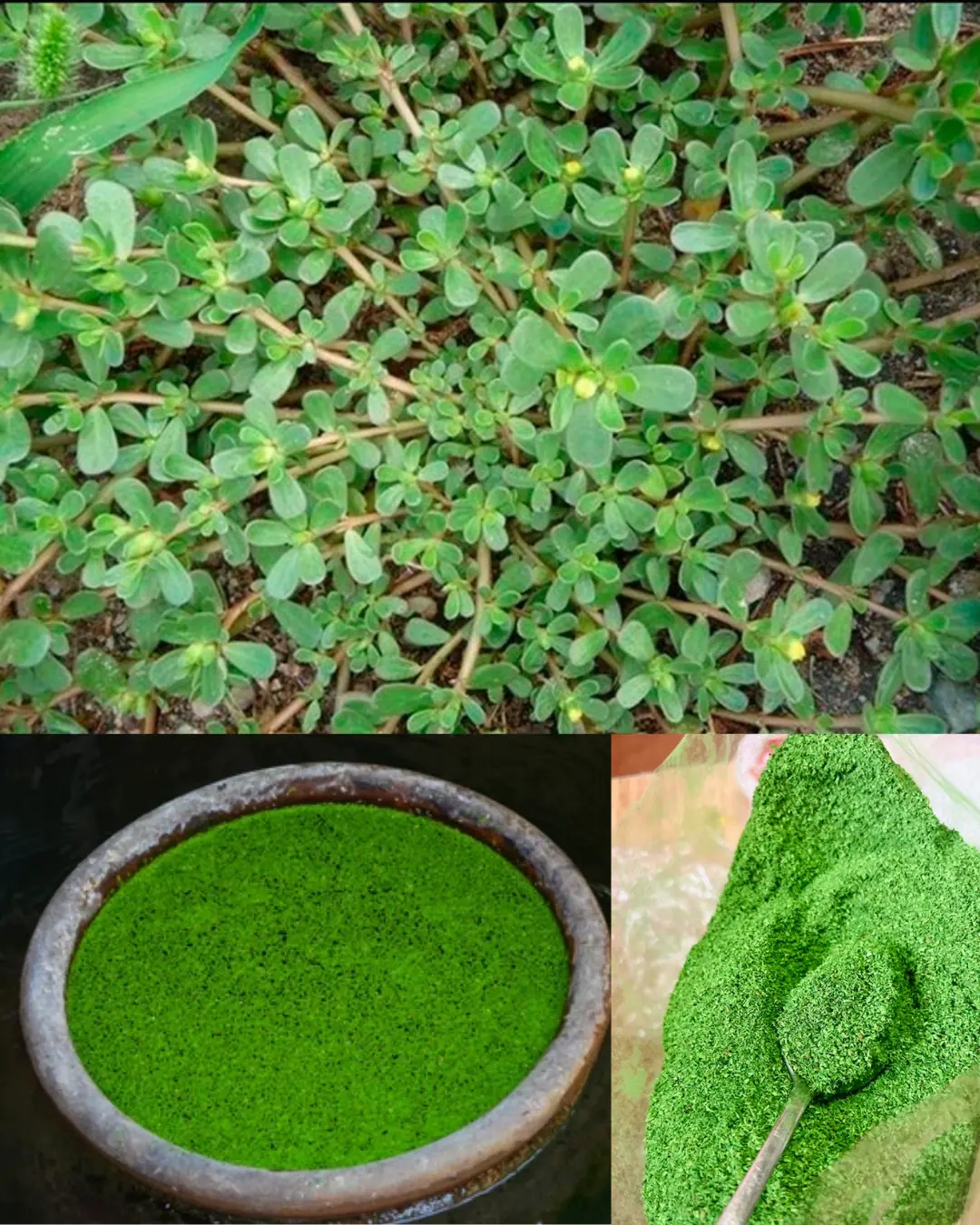
11 Little-Known Secrets of Purslane: A Wonder Plant in Disguise
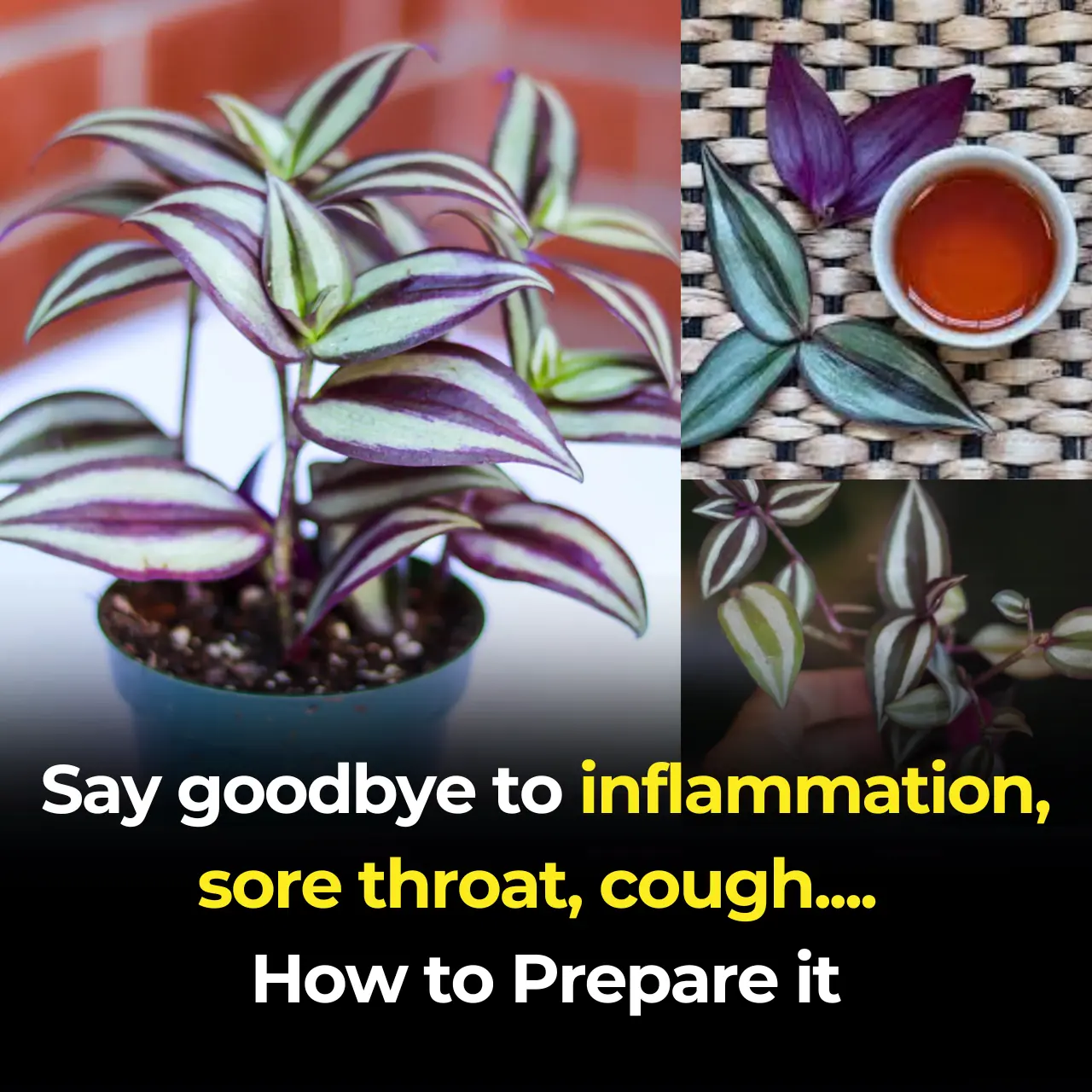
Tradescantia zebrina: The Colorful Healer Hidden in Plain Sight

Here are 7 incredible things that happen when you burn a bay leaf at home
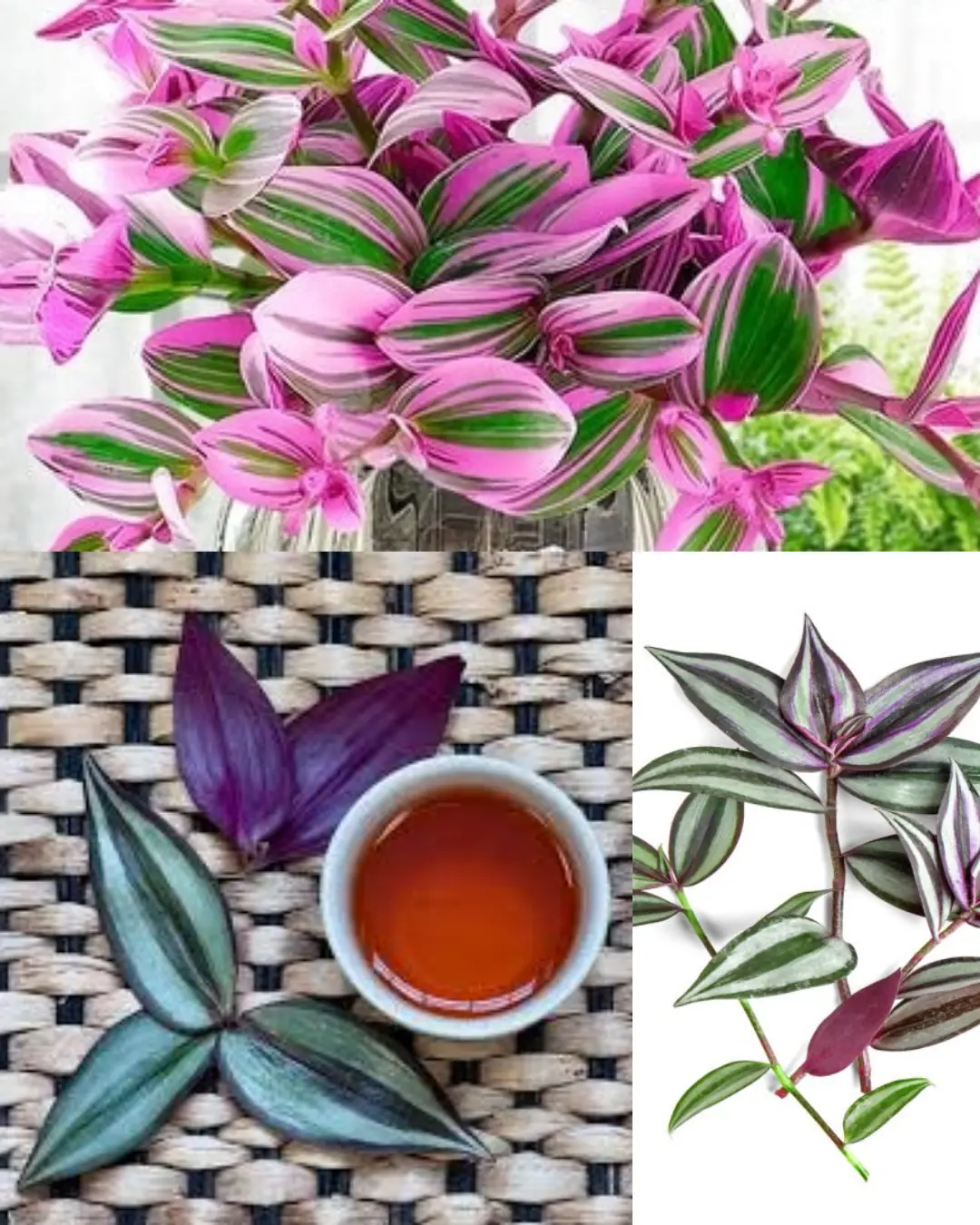
Tradescantia zebrina: The Colorful Healer Hidden in Plain Sight

Black Locust (Robinia pseudoacacia): 14 Surprising Benefits and How to Use It at Home
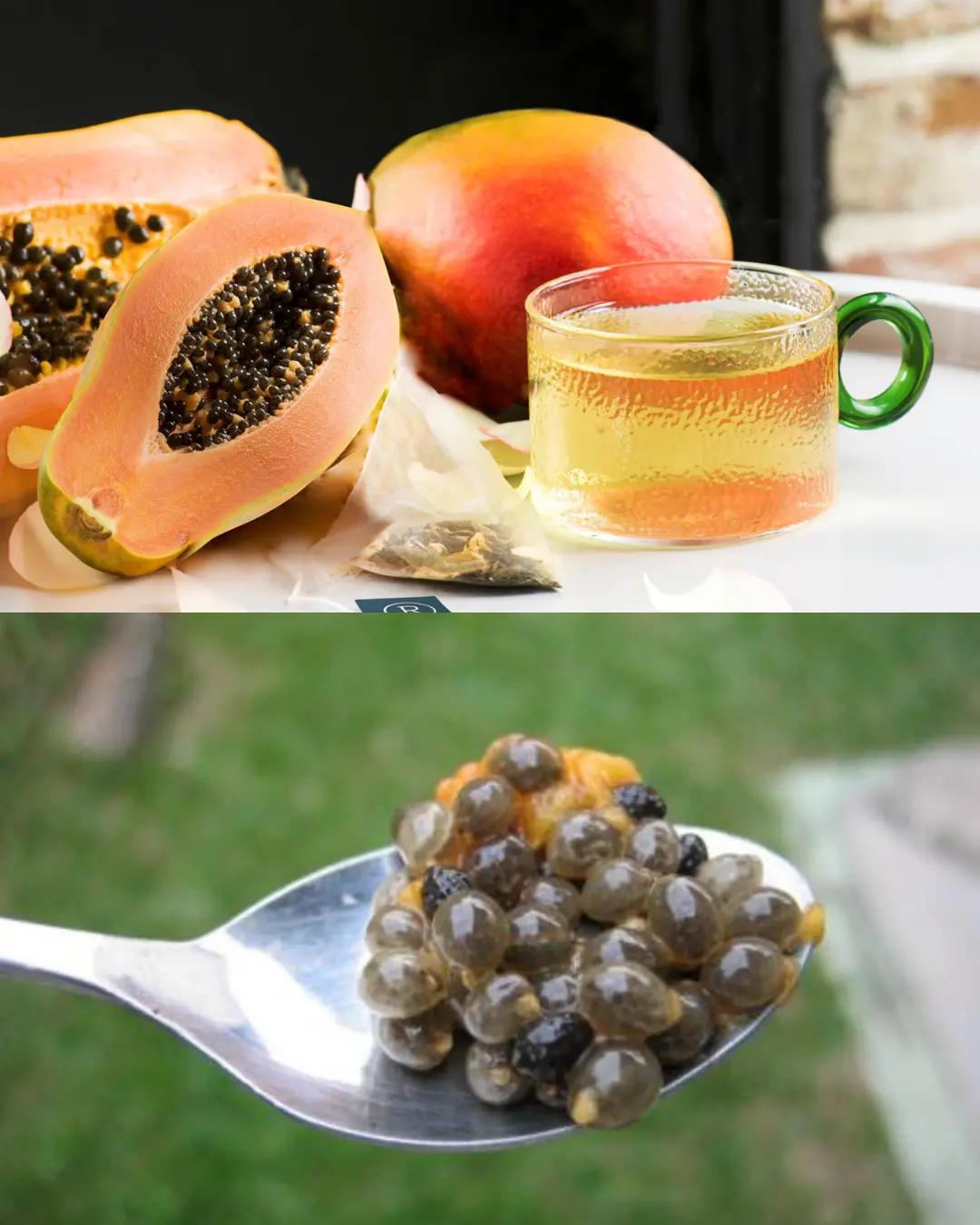
Papaya Seeds for Gut Health: The Simple Secret Inside Your Fruit
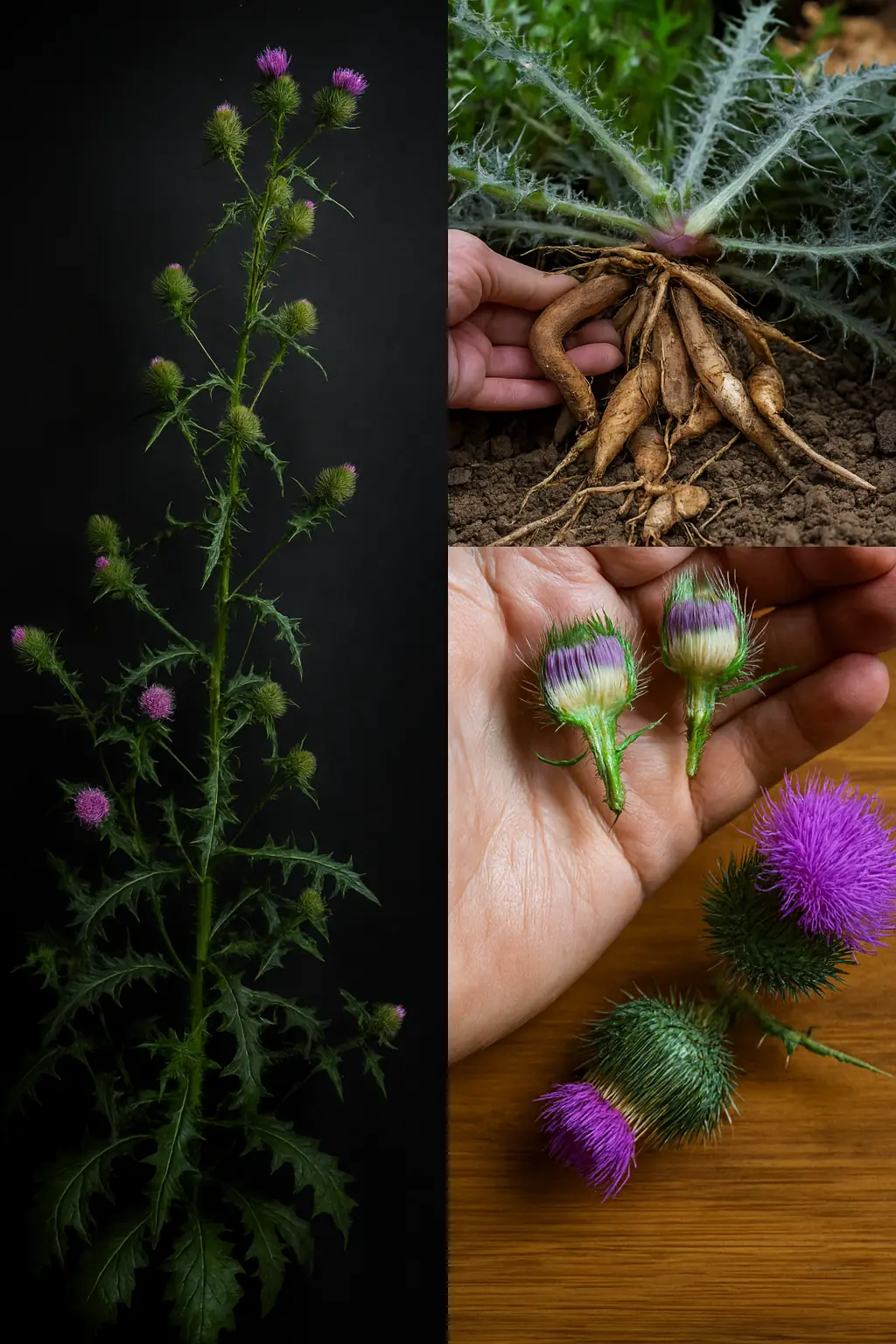
12 Benefits of Bull Thistle Root and How to Use It Naturally
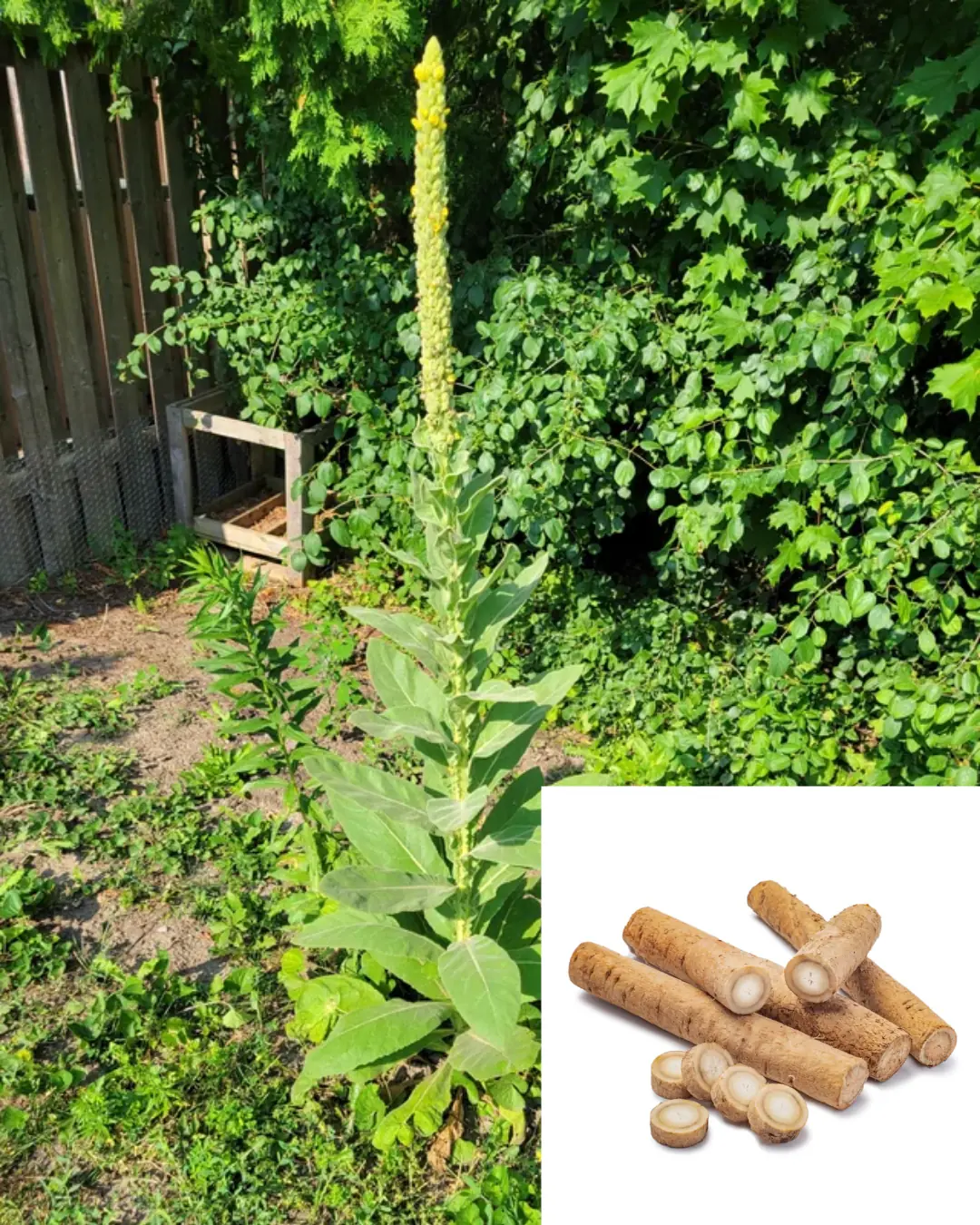
The Hidden Power of Mullein Roots: Benefits and Uses
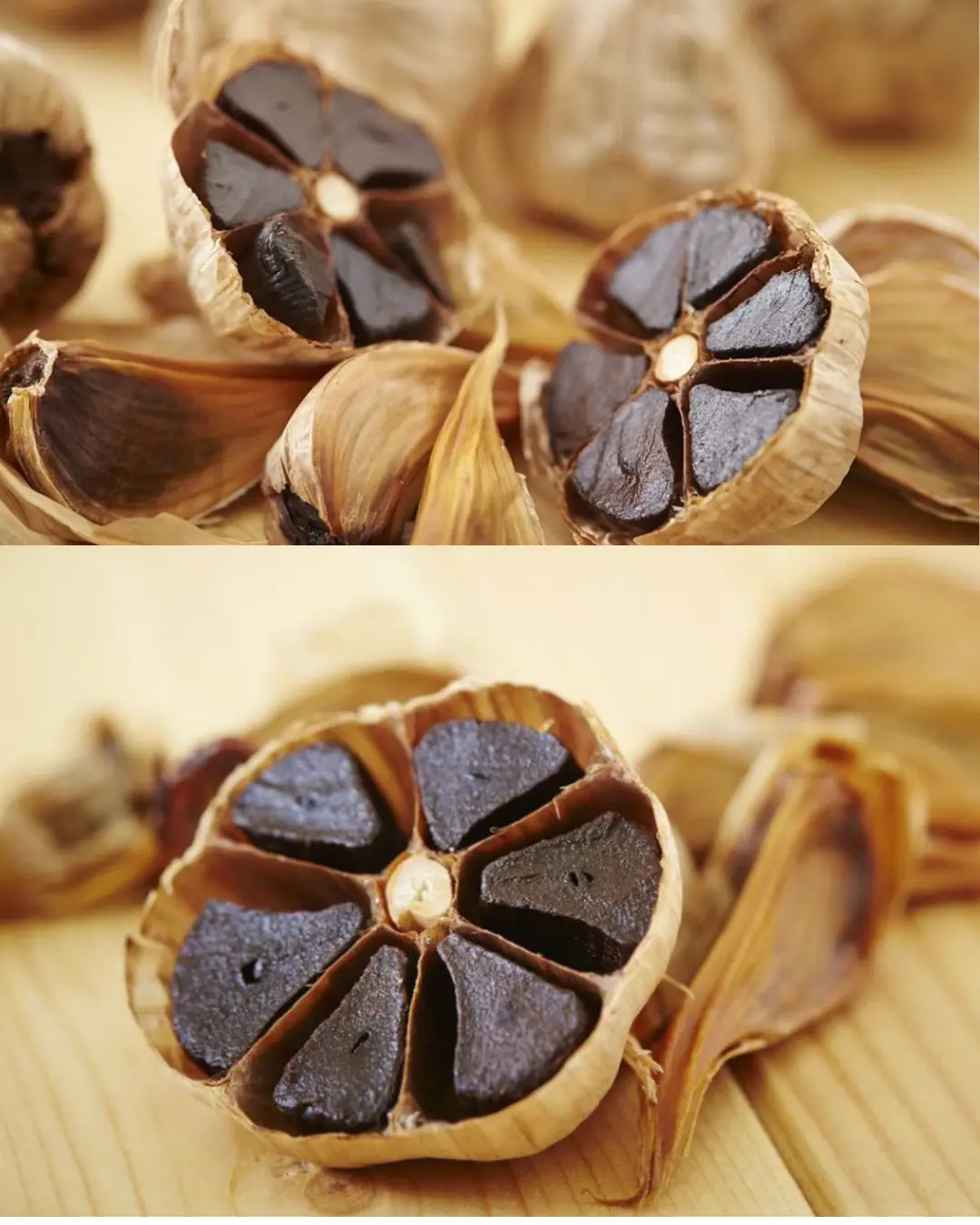
The Power of Black Garlic: Nature’s Aged Superfood
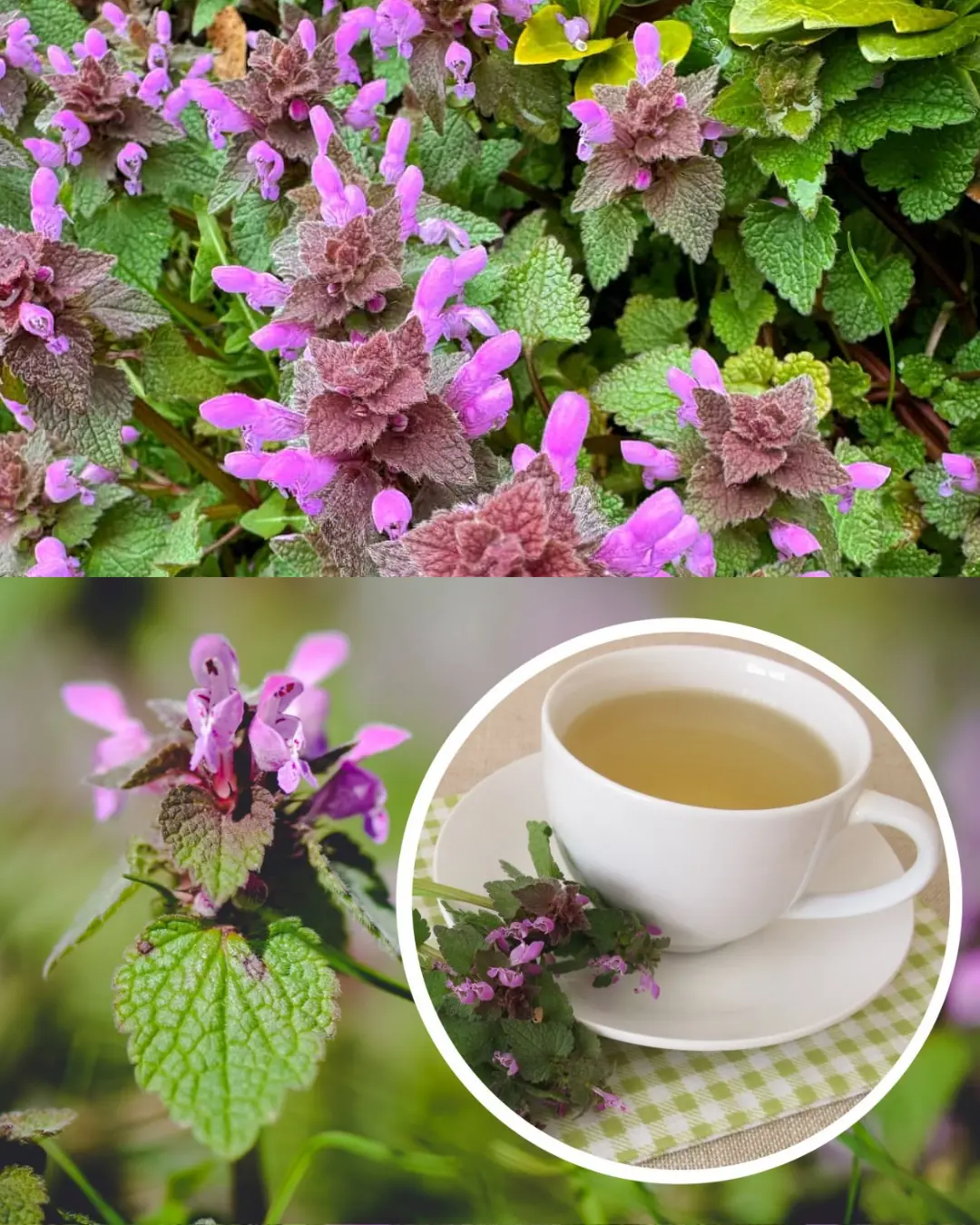
Purple Dead Nettle (Lamium purpureum): A Wild Ally for Circulation and Heart Health

The One Kitchen Ingredient That Makes Bedbugs, Mosquitoes, Cockroaches, Ants & Silverfish Disappear Like They Never Existed – And It Costs Less Than a Cup of Coffee

Doctors Reveal What Eating Peanuts Can Really Do to Your Body
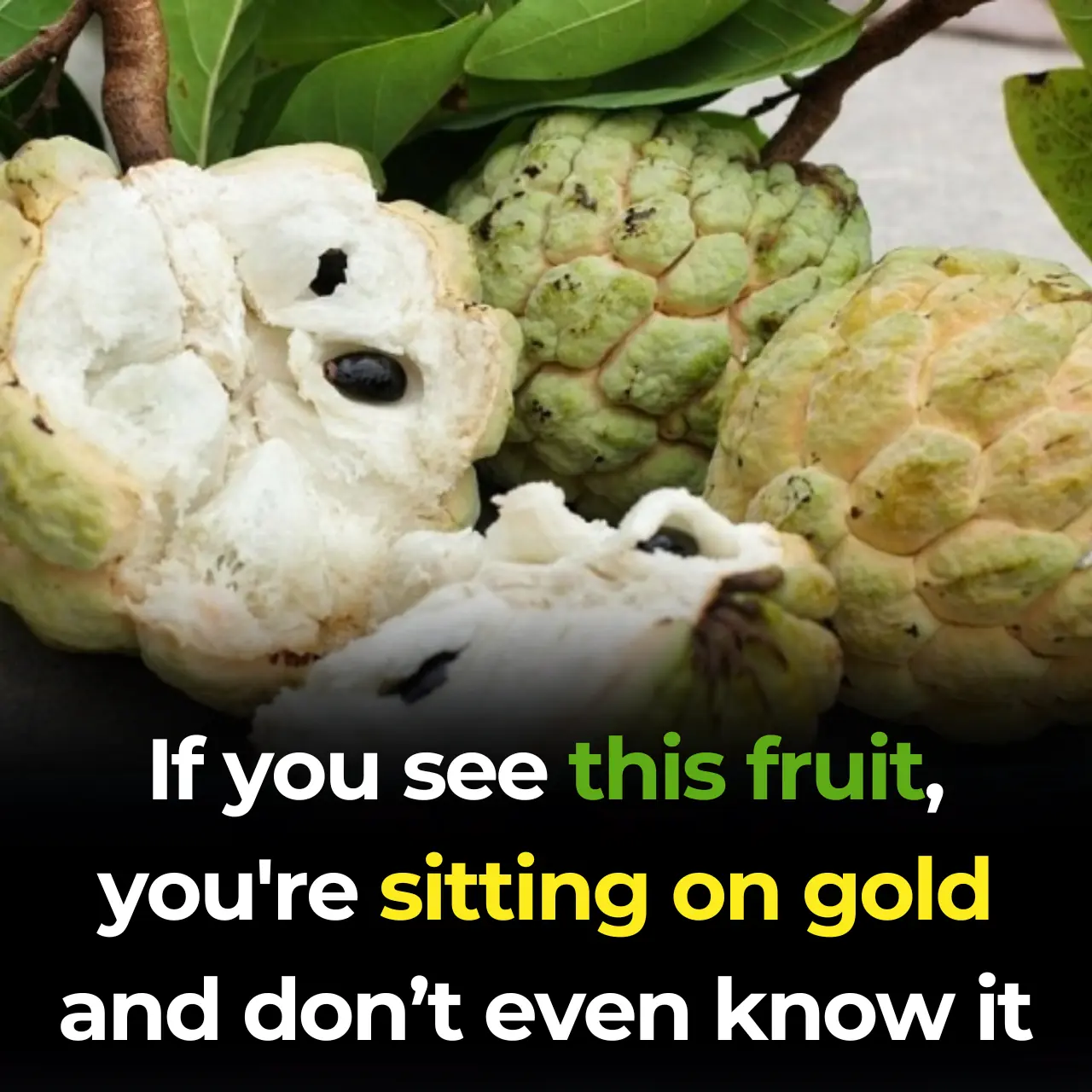
Sugar Apple (Annona squamosa): A Sweet Fruit with Powerful Health Benefits

Burning Garlic at Home: What Happens After 15 Minutes

Why Do People Put Butter on a Date? The Ancient Energy Mix Making a Modern Comeback

Rosemary: The Ancient Herb With Powerful, Little-Known Benefits for the Human Body

The #1 cheap food packed with natural probiotics (and how to prepare it)
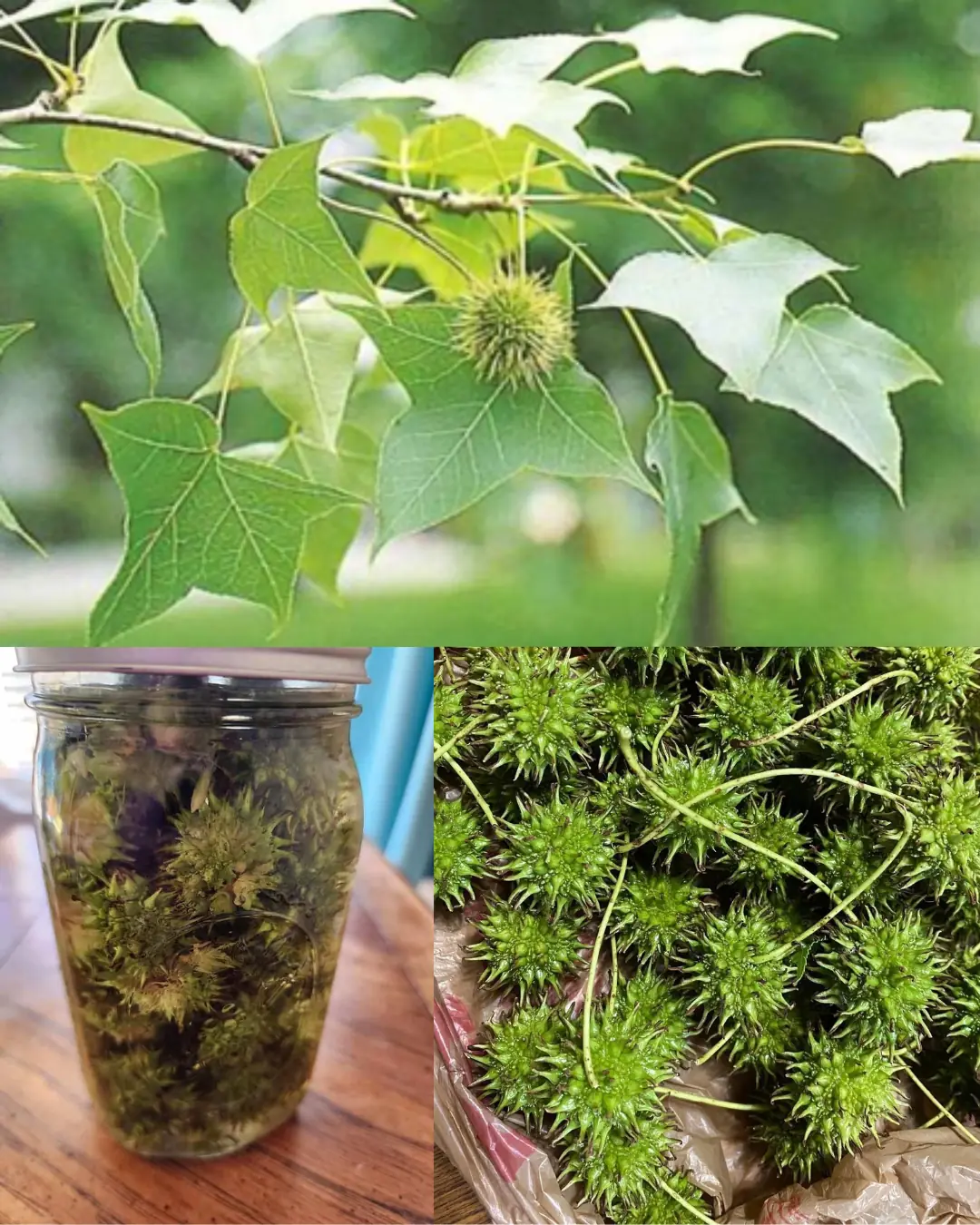
American Sweetgum (Liquidambar styraciflua): Health Benefits and Easy Ways to Use It at Home
News Post
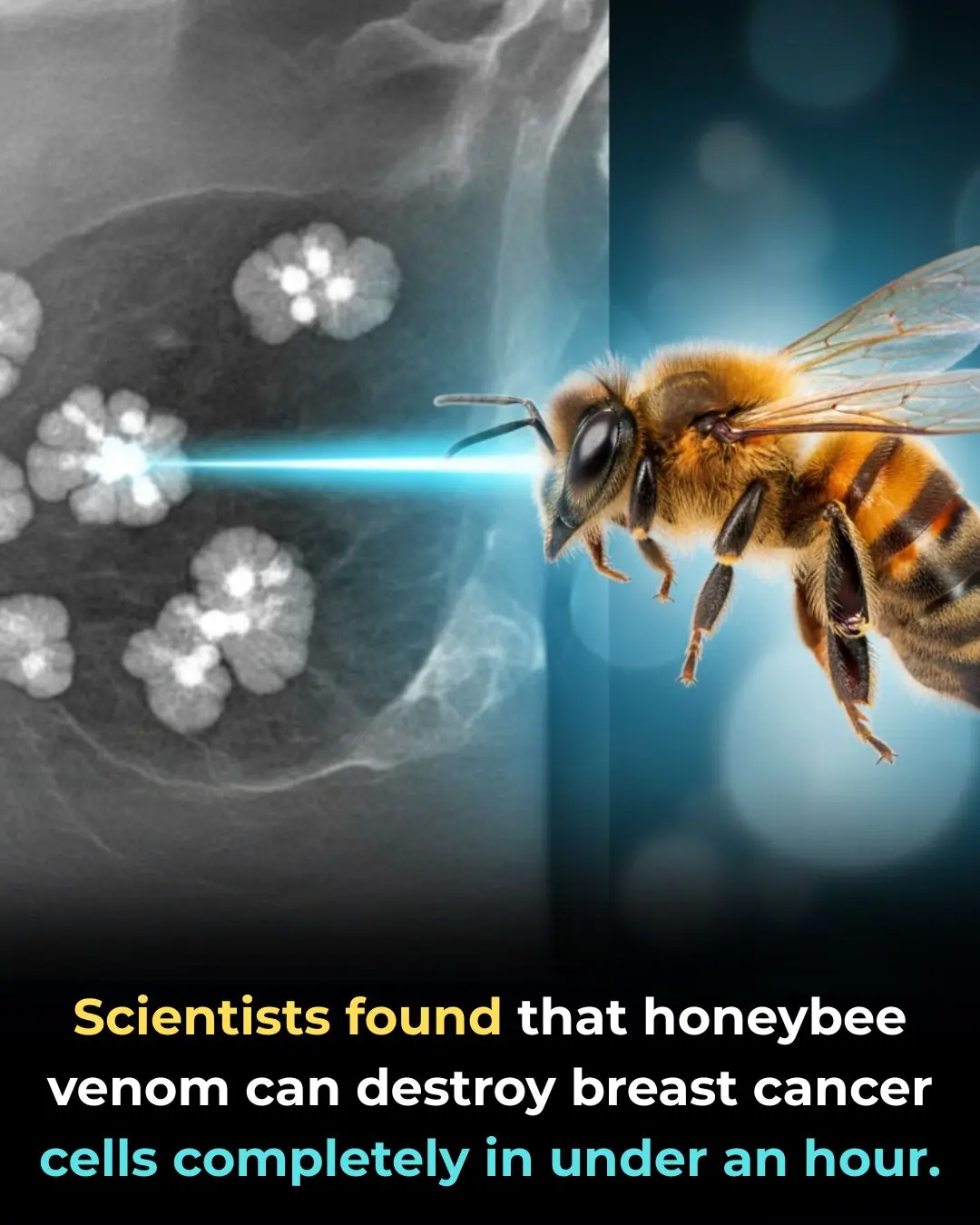
Honeybee Venom Can Destroy Breast Cancer Cells in Under an Hour — A Breakthrough That Could Transform Modern Medicine

Love Can Literally Make Your Body Crave More Sleep — Here’s the Science Behind It

A Revolutionary German Gel May Repair Joints Naturally—Potentially Eliminating the Need for Surgery
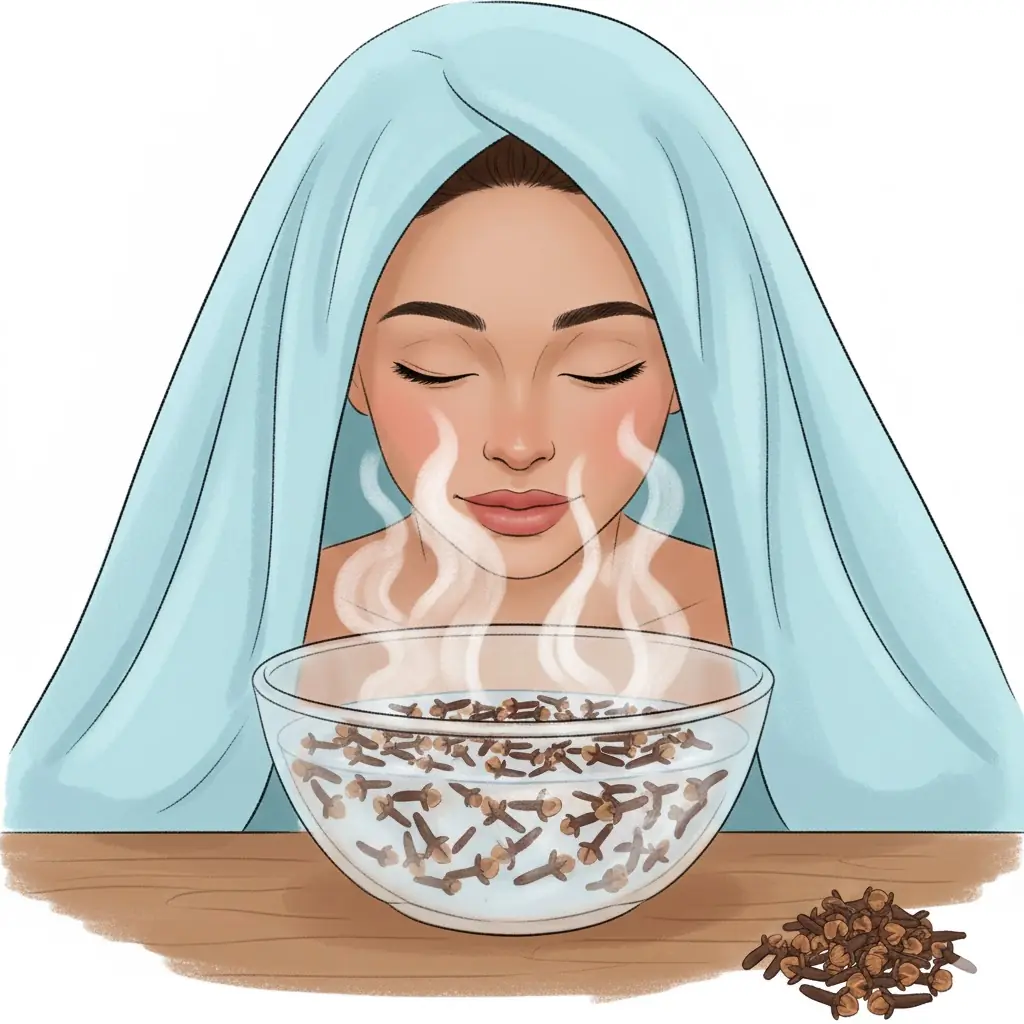
The Power of Clove Steam Inhalation (Respiratory Relief You Can Feel Immediately)

Peter Tabichi: The Kenyan Teacher Who Became the World's Best by Inspiring Change and Giving Back

Reducing Meat Consumption by 90%: A Critical Step to Combat Climate Change and Ensure Global Sustainability

Revolutionary Nanobodies Offer New Hope for Alzheimer’s and Parkinson’s Disease Treatment

Gray Wolves: The Remarkable Lifelong Bond Between Mates and Their Role in Pack Survival

Sebastian Errazuriz’s Robotic Dogs: A Satirical Commentary on Tech Billionaires and the NFT Market

Voyager Spacecraft: A 40-Year-Old Marvel of Engineering Exploring Interstellar Space

High-Dose Nifedipine Linked to Increased Risk of Sudden Cardiac Arrest, New Study Suggests

How the U.S. Escaped Hurricane Landfalls in 2025

Ancient Shark Fossils Unearthed in Mammoth Cave Rewrite 325 Million Years of Evolutionary History

Powerful Health Benefits of Pineapple You Should Know

How an Italian Police Lamborghini Huracán Helped Save Lives by Delivering Kidneys Across Italy

Can Spinal Screws Push Through the Skin? Understanding a Rare but Serious Post-Surgery Complication

Why the Tongue Is One of the Most Important Organs in the Human Body

What You Do First in This Scenario

The Surprising Health Benefits of Sleeping in a Cold Room
